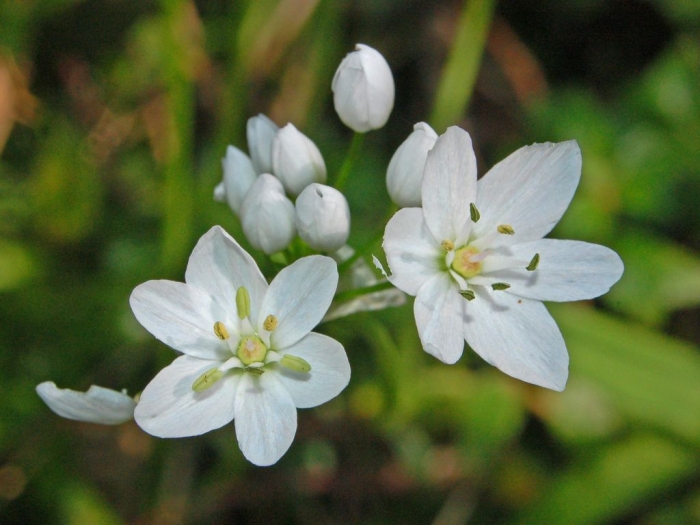White Garlic
(Allium neapolitanum)
White Garlic (Allium neapolitanum)
/
/

Ettore Balocchi
CC BY 2.0






















































Estimated Native Range
Summary
White Garlic is valued for its ornamental flowers and is used in rock gardens, borders, and as a ground cover. It is also planted for its culinary uses, as the bulbs and leaves are edible. It is easy to grow and maintain, requiring minimal care once established. In cultivation, it thrives in full sun to part shade and prefers well-drained soils. While it can tolerate low water conditions, moderate watering will keep it looking its best. It is not typically troubled by pests or diseases but can become invasive in some regions, spreading by self-seeding and bulb offsets. Gardeners should be cautious about planting it in areas where it could escape cultivation.CC BY-SA 4.0
Plant Description
- Plant Type: Herb
- Height: 1-1.5 feet
- Width: 0.7-1 feet
- Growth Rate: Moderate
- Flower Color: White
- Flowering Season: Spring
- Leaf Retention: Evergreen
Growth Requirements
- Sun: Full Sun
- Water: Low, Medium
- Drainage: Medium, Fast
Common Uses
Bee Garden, Bird Garden, Border Plant, Butterfly Garden, Deer Resistant, Drought Tolerant, Edible*Disclaimer: Easyscape's listed plant edibility is for informational use. Always verify the safety and proper identification of any plant before consumption., Fragrant, Groundcover, Hummingbird Garden, Low Maintenance, Rabbit Resistant, Rock Garden, Showy Flowers
Natural Habitat
Grasslands, rocky slopes, and coastal plains
Other Names
Common Names: Daffodil Garlic, Naples Garlic, Naples Onion, Neapolitan Garlic, Flowering Onion, Daffodil Garlic, False Garlic, Guernsey Star-Of-Bethlehem, Star, Wood Garlic
Scientific Names: , Allium neapolitanum, Allium cowanii, Nothoscordum inodorum, Allium album, Allium inodorum, Allium candidissimum, Allium subhirsutum subsp. album, Allium subhirsutum var. glabrum, Allium liliflorum
GBIF Accepted Name: Allium neapolitanum Cirillo